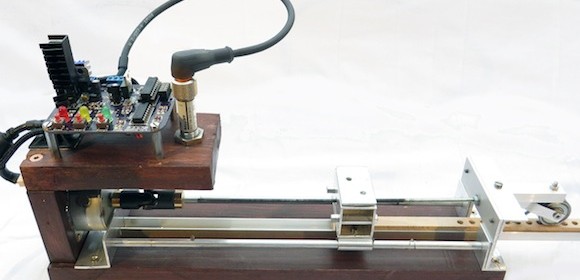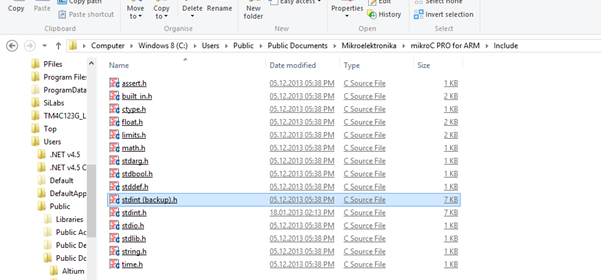Automatic fish feeder with portion control

Dimitri from Stuttgart, Germany has made this automatic fish feeder for his special fish who needs extra care for not being overfed. So he wanted a fish feeder with reliable portion control, which he found missing in most of the existing automatic feeding devices, leading him to make one by himself. He used MSP430 as the main controller in his automatic fish feeder. A stepper motor driven by L293NE is used to control the mechanics of automatic feeding and portion control. Three tact switches are used for user inputs, whereas for visual indication of the device functioning, three LEDs are
Read more

